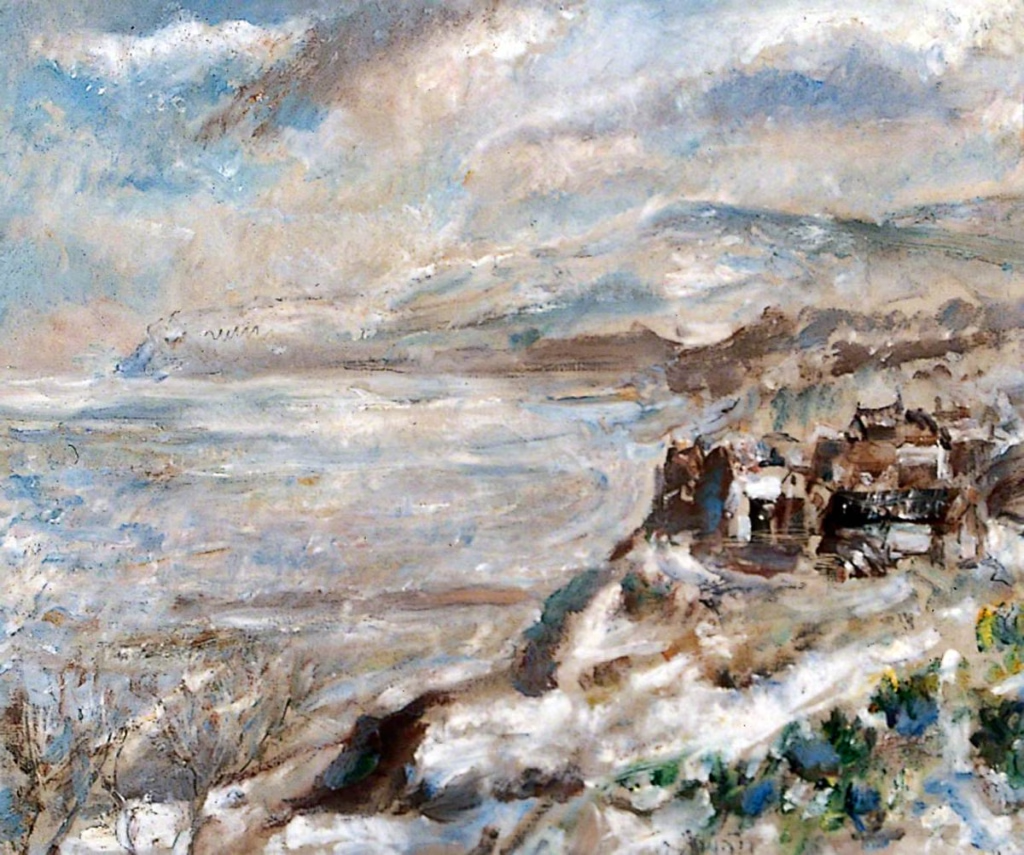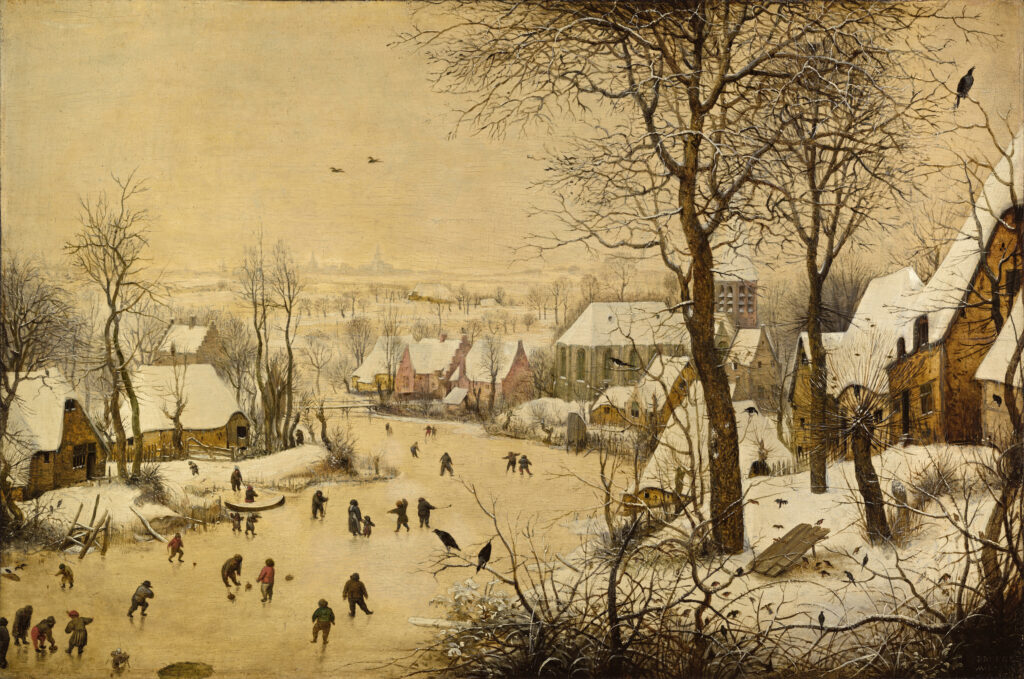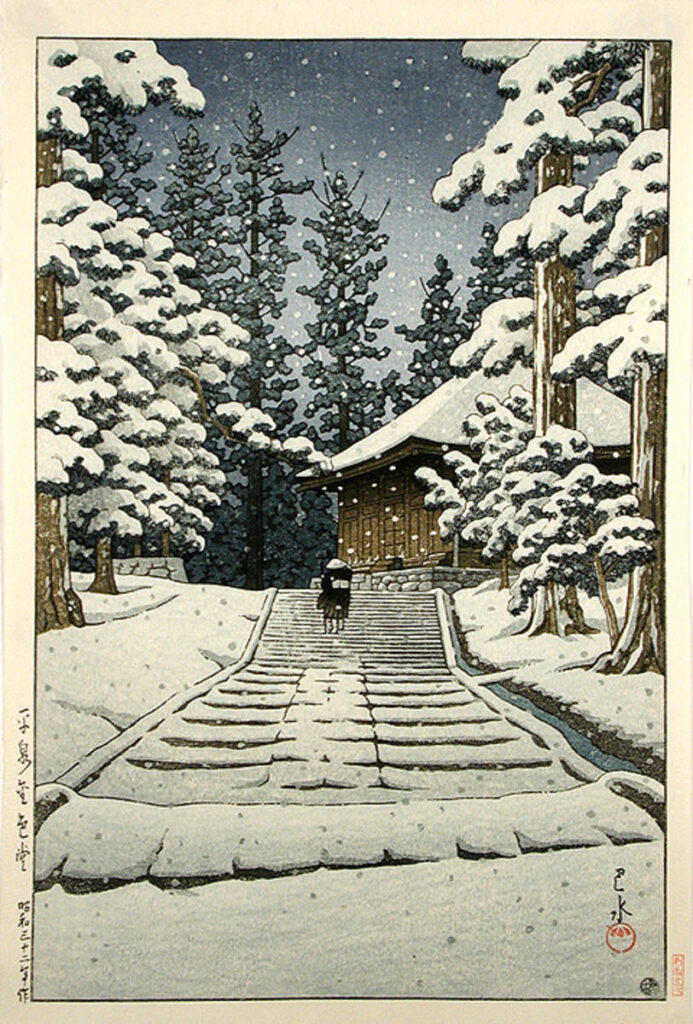So here’s an odd one: if you put Reddit into Google Trends then there is a distinct peak and then decline.

A Little More Web Kipple
So here’s an odd one: if you put Reddit into Google Trends then there is a distinct peak and then decline.

Here’s something to take the edge off that liminal space between Christmas and New Year; two nicely illustrated articles from Adam Rowe’s always fun 70s Sci-Fi Art.

First we have Trains of the Future…

…and then Trains of the Past.

Ethel Walker’s Robin Hood’s Bay in Winter.It seems to be on permanent exhibition at York Art Gallery and, I must note, looks better in person.

Alfred Stieglitz’s Winter on Fifth Avenue. This was, apparently, one of the first times that driving snow had been photographed.
From Harvard Art Museum’s collection.
*Probably. Apparently there’s a little confusion around dates.
A double-bill today; first, a surfing Santa and his knitted elves at Hawes bridge on Gale Beck.

There’s a rather festive snowflake hot air balloon just outside of Malton’s St Michael’s Church.


Paul Nash’s Winter Sea. Painted between 1925 and 1937.

Let’s start this Christmas week with a copy of Pieter Bruegel’s Winter Landscape with a Bird Trap.
Merry Winter Solstice 2025! And to mark it off, here’s a lovely woodcut by Hasui Kawase.

Castle Howard lit up in green as part of their Christmas ‘Wonderful Wizard of Oz’ installation.
